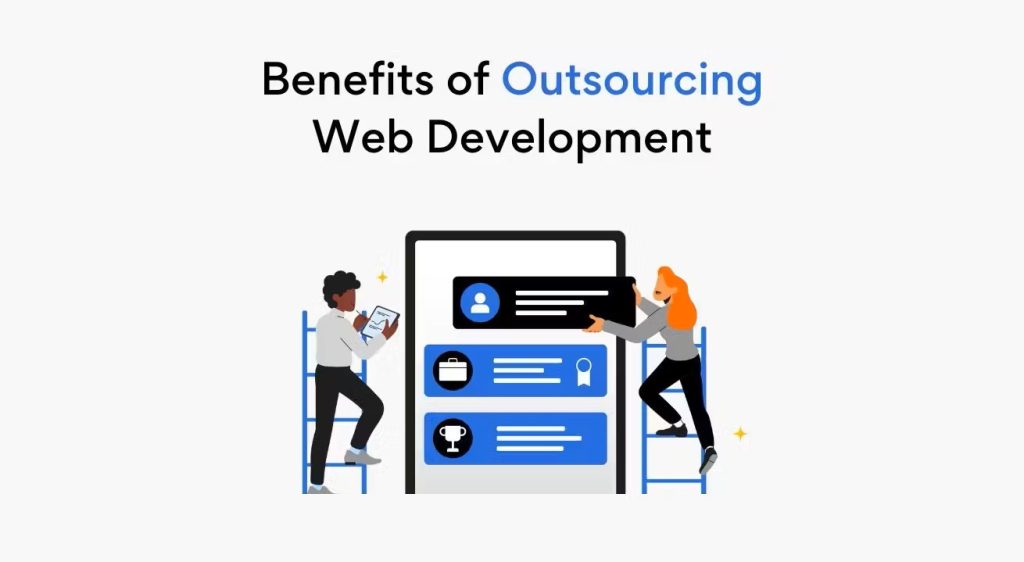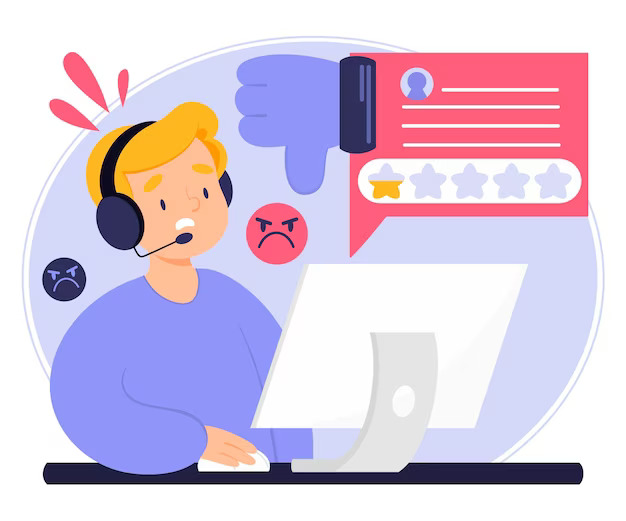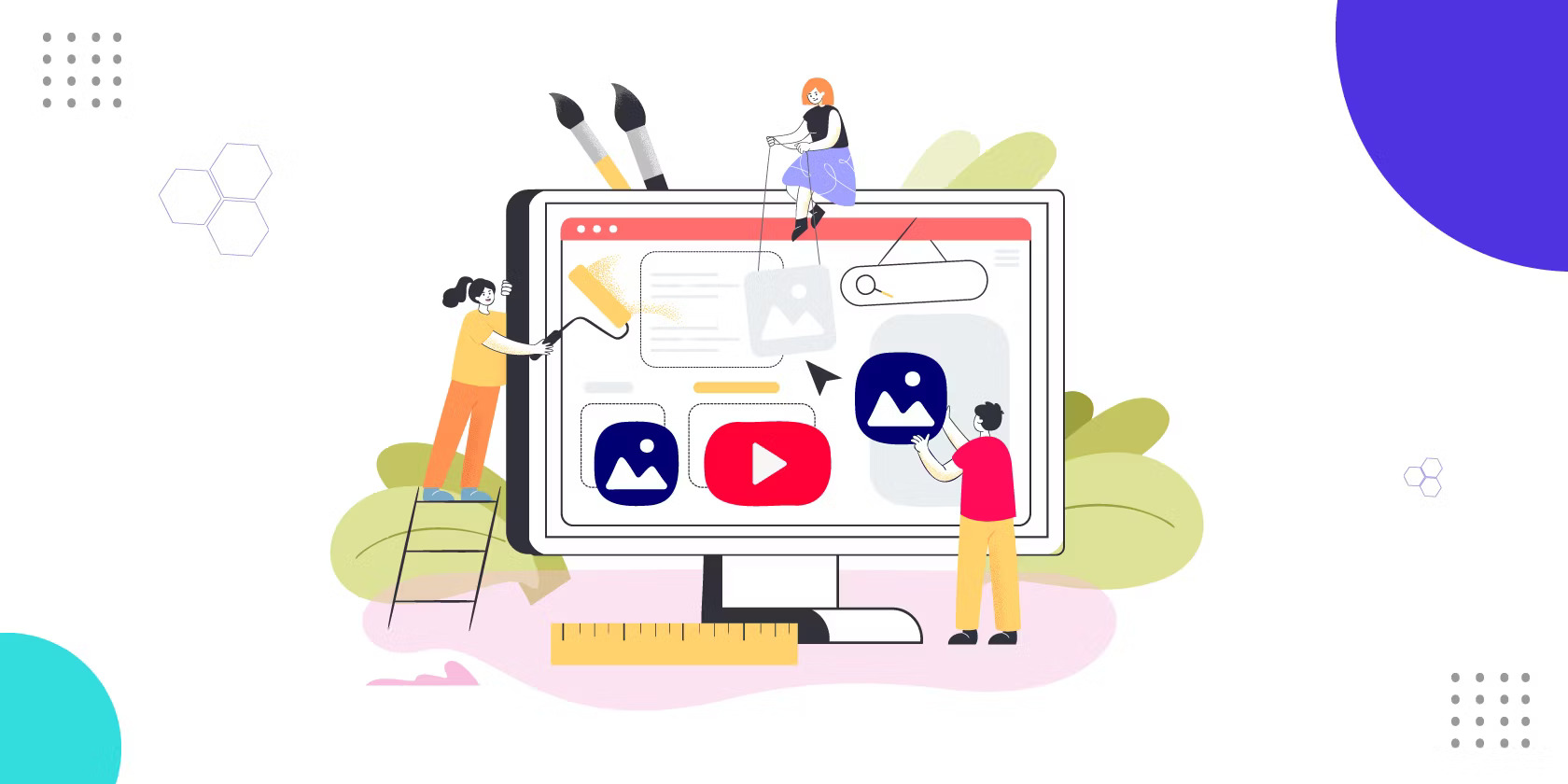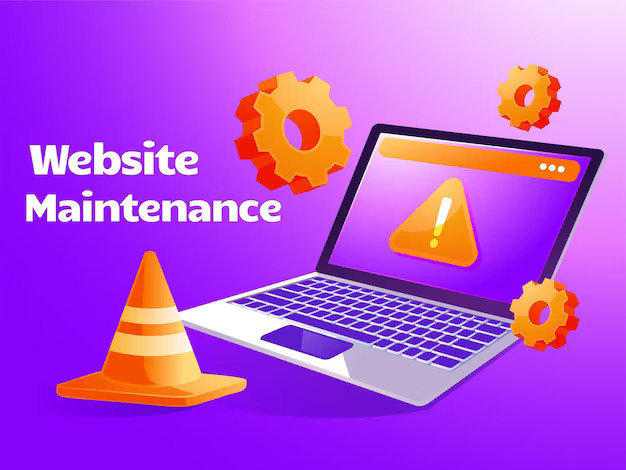Outsourcing Web Development: 11 Common Mistakes and How to Avoid Them
Outsourcing web development is a popular and effective way to create a website for your business. By hiring an external team of experts, you can save time, money, and resources while getting a high-quality product. However, outsourcing web development also comes with some challenges and risks. If you are not careful, you may end up with a website that does not meet your expectations or, worse, damages your reputation and revenue. In this article, we will show you 11 common mistakes that people make when they outsourcing web development and how you can avoid them. Let’s get started!
Benefits of Outsourcing Web Development

Outsourcing web development is not only a way to avoid common mistakes but also a way to gain many benefits for your business. Some of the benefits of outsourcing web development are:
- Cost savings: You can reduce your development costs by hiring an external team that charges lower rates and offers flexible pricing models. You can also save on hiring, training, and maintaining an in-house team.
- Faster development time: You can speed up your development time by leveraging the expertise and experience of your outsourcing partner. You can also benefit from their availability and productivity, as they work around the clock and across different time zones.
- Access to more talent: You can access a wider pool of talent that has the right skills and knowledge for your project. You can also tap into the latest technologies and industry trends that your outsourcing partner follows.
- Better security: You can improve your security by outsourcing web development to a reputable and reliable provider that follows strict security standards and protocols. You can also protect your intellectual property and data by signing a non-disclosure agreement.
11 Common Outsourcing Web Development Mistakes
Mistake 1: Having Unclear Goals and Concepts

The first mistake to avoid is having unclear goals and concepts for your website. If you do not have a clear vision of what you want to achieve and who you want to target, you may end up with a website that does not match your needs or your audience’s needs. To avoid this, you should have a well-defined project brief that includes:
- The purpose and objectives of your website
- The features and functions that you want
- The design and style that you prefer
- The target audience and their pain points
- The competitors and their strengths and weaknesses
Mistake 2: Losing Project Control
The second mistake to avoid is losing project control over your external web development team. If you do not communicate well or monitor the progress of your project, you may face delays, misunderstandings, and poor quality. To avoid this, you should use project management tools like Trello or Basecamp to assign tasks, track progress, and ensure timely delivery. You should also establish regular checkpoints or reviews where you can provide feedback and guidance to your team. Additionally, you should have a clear and realistic timeline and budget for your project and stick to them.
Mistake 3: Choosing a Poorly Matched Web Development Team
The third mistake to avoid is choosing a poorly-matched web development team for your project. If you hire a team that does not have the right skills, experience, or reputation, you may end up with a website that does not meet your standards or expectations. To avoid this, you should do thorough research and vetting before hiring a web development agency. You should check their portfolio, testimonials, and reviews to see their previous work and client satisfaction. You should also ask them relevant questions to assess their expertise, such as:
- What technologies and languages do you use?
- What development methodologies do you follow?
- How do you handle project management and communication?
- How do you deal with project changes and challenges?
Mistake 4: Not Paying Attention to Client Recommendations

The fourth mistake to avoid is not paying attention to client recommendations from your web development team. If you ignore or reject their suggestions, you may miss out on valuable insights and opportunities to improve your website. To avoid this, you should listen to and consider their feedback and advice. They are the experts in web development, and they may have more knowledge and experience than you. They may also have a different perspective and a fresh eye, which can help you identify and solve problems. However, you should also trust your own judgment and intuition and make the final decision based on your goals and needs.
Mistake 5: Having Poor Communication with the Service Provider
The fifth mistake to avoid is having poor communication with the service provider that you hire for web development. If you do not communicate clearly, frequently, and respectfully, you may face misunderstandings, conflicts, and dissatisfaction. To avoid this, you should establish a good rapport and relationship with your web development team. You should communicate your expectations, requirements, and feedback clearly and politely. Moreover, you should also use effective communication tools and channels, such as email, phone, chat, or video call. You should also respect their time zone, culture, and language and avoid any miscommunication or confusion.
Mistake 6: Avoiding Official Documentation
The sixth mistake to avoid is avoiding official documentation for your web development project. If you do not have a written contract, agreement, or invoice, you may face legal, financial, or quality issues. To avoid this, you should have formal and official documentation for every aspect of your project, such as:
- The scope and specifications of your project
- The timeline and milestones of your project
- The payment terms and methods of your project
- The ownership and rights of your project
- The warranty and maintenance of your project
- The dispute resolution and termination of your project
Mistake 7: Not Testing the Website Before Launching

The seventh mistake to avoid is not testing the website before launching it to the public. If you do not test the website for functionality, usability, compatibility, and security, you may face errors, bugs, or vulnerabilities that can affect your website’s performance and reputation. To avoid this, you should test the website thoroughly and rigorously before launching it. You should check the website for:
- The functionality and accuracy of the features and functions
- The usability and accessibility of the design and layout
- The compatibility and responsiveness of the website across different devices and browsers
- The security and protection of the website from hackers and malware
Mistake 8: Not Providing User Feedback and Support
The eighth mistake to avoid is not providing user feedback and support for your website. If you do not collect and respond to user feedback and queries, you may lose user satisfaction, loyalty, and retention. To avoid this, you should provide user feedback and support for your website. You should:
- Ask for and encourage user feedback and reviews
- Analyze and act on user feedback and suggestions
- Respond to and resolve user queries and complaints
- Provide user guides and tutorials for your website
- Update and improve your website based on user feedback and needs
Mistake 9: Not Optimizing the Website for SEO
The ninth mistake to avoid is not optimizing the website for SEO, or search engine optimization. If you do not optimize the website for SEO, you may miss out on organic traffic and conversions from search engines like Google. To avoid this, you should optimize the website for SEO. You should:
- Use relevant and popular keywords and phrases in your website’s content and title
- Write clear and compelling meta descriptions and headings for your website pages
- Use alt texts and captions for your website images and videos
- Use internal and external links to boost your website’s authority and relevance
Mistake 10: Not Maintaining and Updating the Website

The tenth mistake to avoid is not maintaining and updating the website after launching it. If you do not maintain and update the website, you may face technical, security, or quality issues that can affect your website’s performance and reputation. To avoid this, you should maintain and update the website regularly. You should:
- Monitor and fix any errors, bugs, or issues that may arise
- Backup and restore your website’s data and files
- Upgrade and update your website’s software and plugins
- Add and remove any features or functions that may be needed or obsolete
- Refresh and revise your website’s content and design
Mistake 11: Not Measuring and Evaluating the Website Results
The eleventh and final mistake to avoid is not measuring and evaluating the website results after launching it. If you do not measure and evaluate the website results, you may not know how well your website is performing and achieving your goals. To avoid this, you should measure and evaluate the website results regularly. You should:
- Use analytics tools like Google Analytics or Hotjar to track and measure your website traffic, behavior, and conversion
- Use testing tools like Optimizely or VWO to conduct A/B testing or multivariate testing to compare and optimize your website variants
- Use reporting tools like Google Data Studio or Tableau to create and share your website reports and insights
Conclusion
Outsourcing web development can be a smart and efficient way to create a website for your business, but it also has some pitfalls and challenges. By avoiding these 11 common mistakes and following these best practices, you can ensure a smooth and successful web development project that meets your goals and needs. If you need any help or guidance with your web development project, you can rely on ONextDigital, a web development service that offers white label software services for web development. Contact us today.




